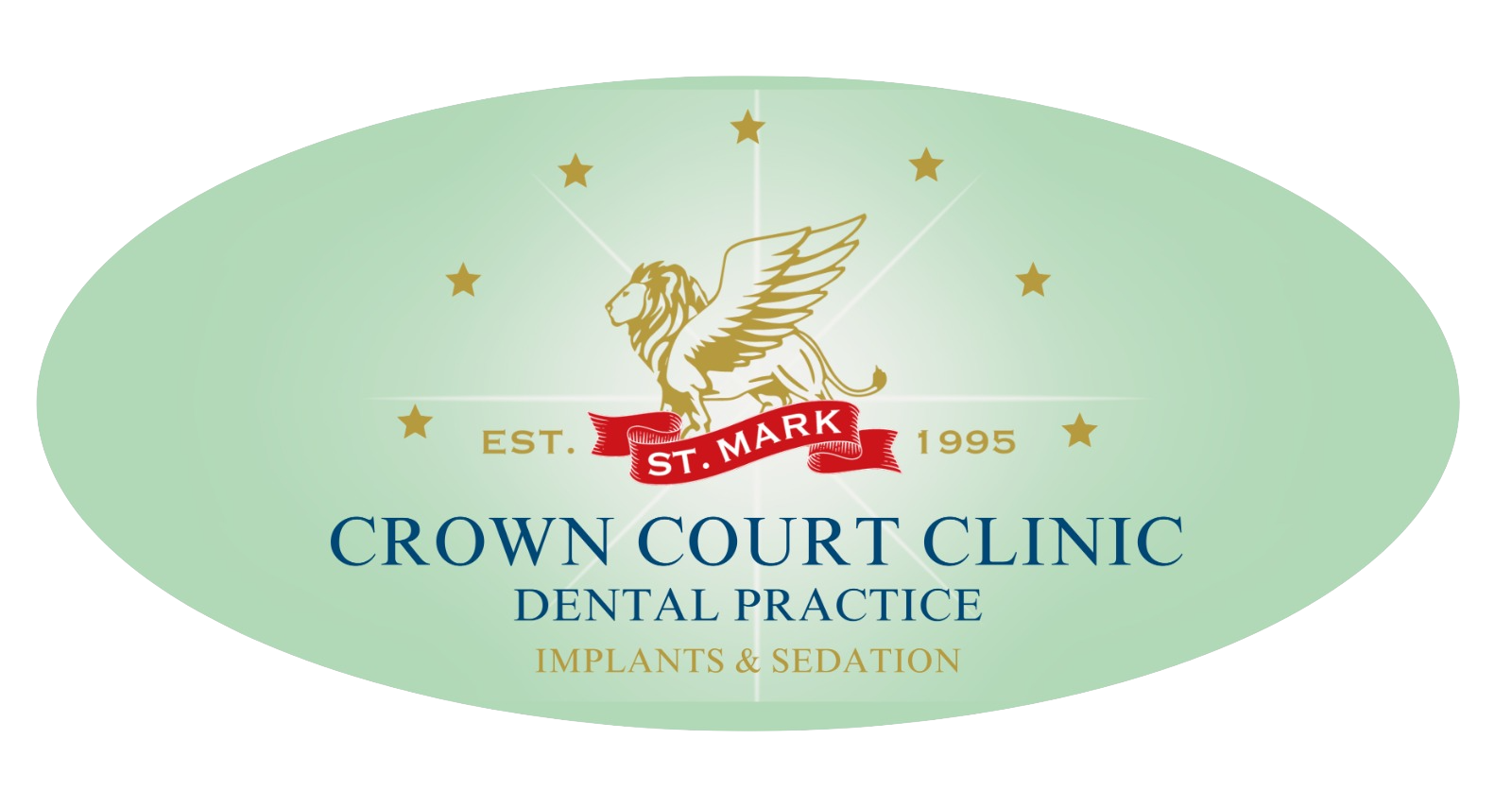Crowns and Bridges
Crowns and Bridges
Dental crowns and bridges are designed to look just like your natural teeth and are of the most common ways to restore a single tooth or several teeth. It’s easiest to think of a crown as a “cap” that fits over a damaged, decayed, or unattractive tooth, completely covering the tooth above the gum line. This is different from a veneer, which covers only a tooth’s front surface and needs natural tooth structure to support it. If a tooth is missing a significant amount of structure above the gum line, a crown is the restoration of choice.
Crowns strengthen damaged teeth, allowing them to function normally again. Porcelain crowns like Zirconia crowns are virtually indistinguishable from natural teeth. There are other materials besides porcelain that can be used to make dental crowns, such as all-metal crowns or porcelain-fused-to-metal crowns (PFM). We will be happy to discuss the pros and cons of these various options with you.
Crowning or capping a tooth typically takes two visits. At the first visit, we will prepare your tooth to receive its new crown. Firstly, we shape it to fit inside the new covering. This will involve some drilling to give the tooth a uniform shape. We will numb the tooth and the surrounding area beforehand. If you have very little tooth structure to begin with, we may have to build up the tooth with filling material, rather than remove tooth structure, to support the crown. This is commonly referred to as a core build-up.
After the tooth is prepared, we will take impressions of your teeth and send them to the dental laboratory. There, the impressions will be used to make models of your teeth for the creation of the new crown. The models will serve as guides to the highly-skilled lab technicians who will ensure that your new crown is designed to enhance your smile and function within your bite. Before you leave the clinic, we will attach a temporary crown to your tooth to protect it until the permanent crown is ready. At another visit, your permanent crown will be attached to your tooth.


Crowns can also be used to create a realistic replacement for a missing tooth. This is done with bridgework, which spans the space of the missing tooth and requires at least three crowns. Two of those crowns will be placed over healthy teeth on either side of the missing tooth and these become supports for a third crown placed in between. If more than one tooth is missing, more crowns will be needed to bridge the gap between the teeth. We will determine the type of bridge you need to achieve a beautiful and healthy smile.

Veneers
Veneers
If you are unhappy with the colour, shape, or spacing of your teeth, porcelain veneers could be the answer you desire. These ultra-thin layers of super-strong porcelain bond to your teeth to create a beautiful, natural-looking surface that corrects flaws including discoloration, chips, jagged edges, or gaps between teeth.
Dental porcelain technology has made remarkable advances in recent years. Dental porcelain, like natural tooth enamel, is translucent and tough. But it doesn’t stain like tooth enamel does.
We can use veneers to improve any of the following characteristics of your teeth:
Colour: Food, beverages, smoking, medication, even just the normal aging process can all stain our teeth. Veneers are available in numerous shades, from natural to bright Hollywood white.
Size & Shape: Veneers can be shaped and sized in whichever way is most flattering for your face. For example, some people consider squarer teeth more masculine and rounder teeth more feminine. Plus, veneers can lengthen teeth that have been worn down by grinding. They can also smooth out teeth that have been chipped.
Alignment & Spacing: Veneers can be used to close small gaps between teeth or make slight corrections in alignment while improving tooth color and shape.
While veneers can be an effective solution to give you a beautiful smile, people who have significantly misaligned teeth or a large gap might need orthodontics instead of veneers. People who have lost a lot of tooth structure from decay, trauma, or excessive grinding, might need to restore their teeth with porcelain crowns that cover the entire tooth.

Once we have agreed to a plan, we will prepare your teeth by removing a small amount of enamel, if necessary. We will take molds of your teeth and send them to a dental laboratory, which will create the veneers. In the meantime, you’ll receive a temporary set of veneers to wear during the few weeks it takes to create the permanent veneers. When the veneers come back from the lab, we will cement them on to your teeth.

